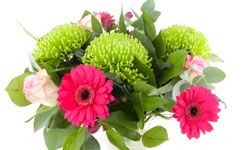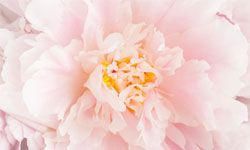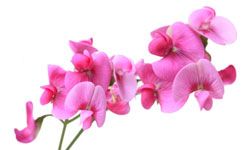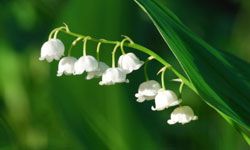Giving flowers to someone you care about is easy, relatively inexpensive and might just be one of the most universally appreciated gestures. We assign our own meaning to the bouquets we give. The plant or color we choose often has to do with a special memory or event, for example.
But more than 200 years ago in the Victorian era, flowers themselves were symbols. People gave a certain flower to convey a specific sentiment or message. What that was depended on the flower, petal color and number of blooms. Floriography, the language of flowers, was well-understood during this time. If you're curious about the hidden meaning behind some of the most popular flowers we love today, let this list be your guide.
Advertisement





